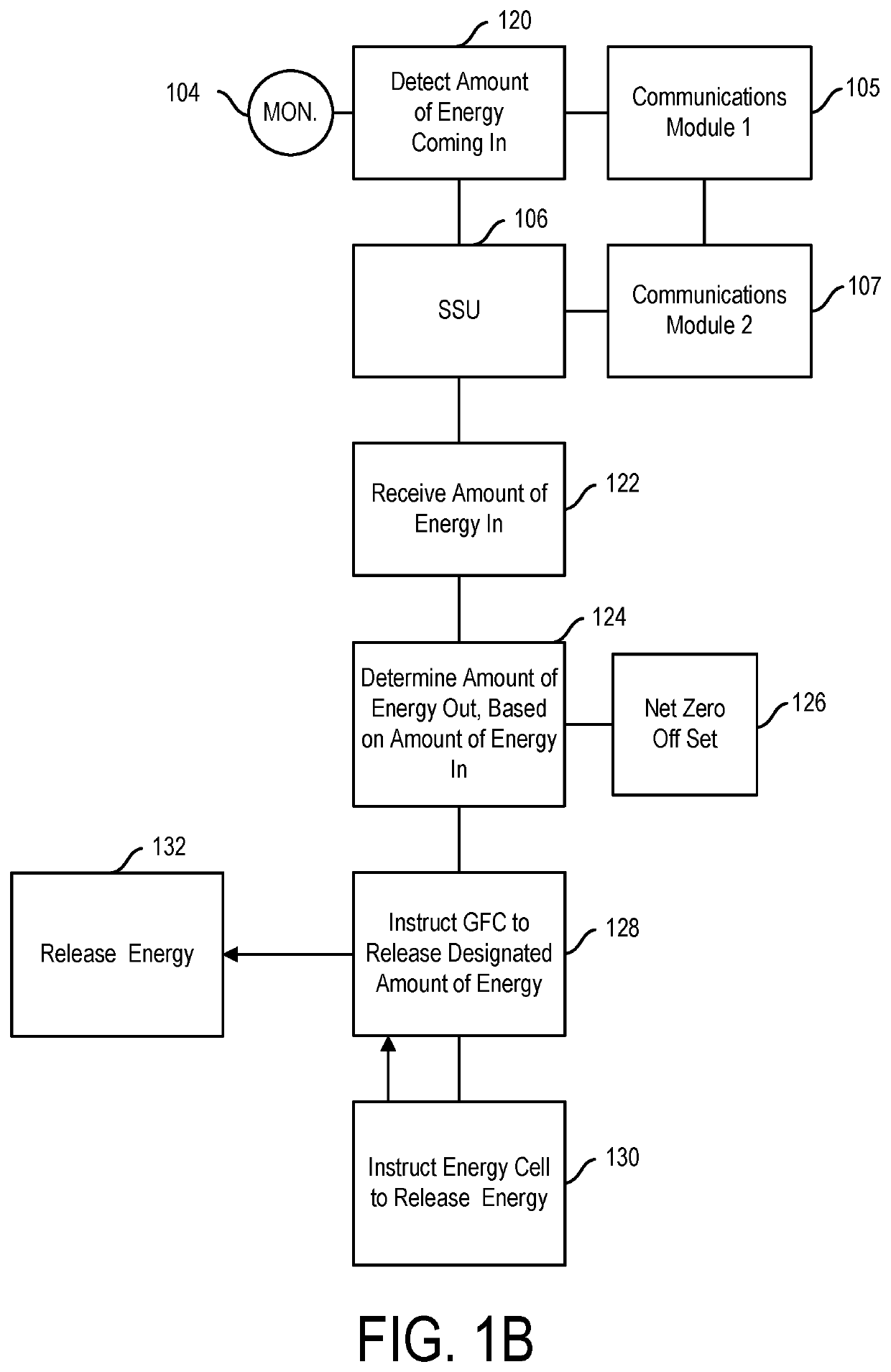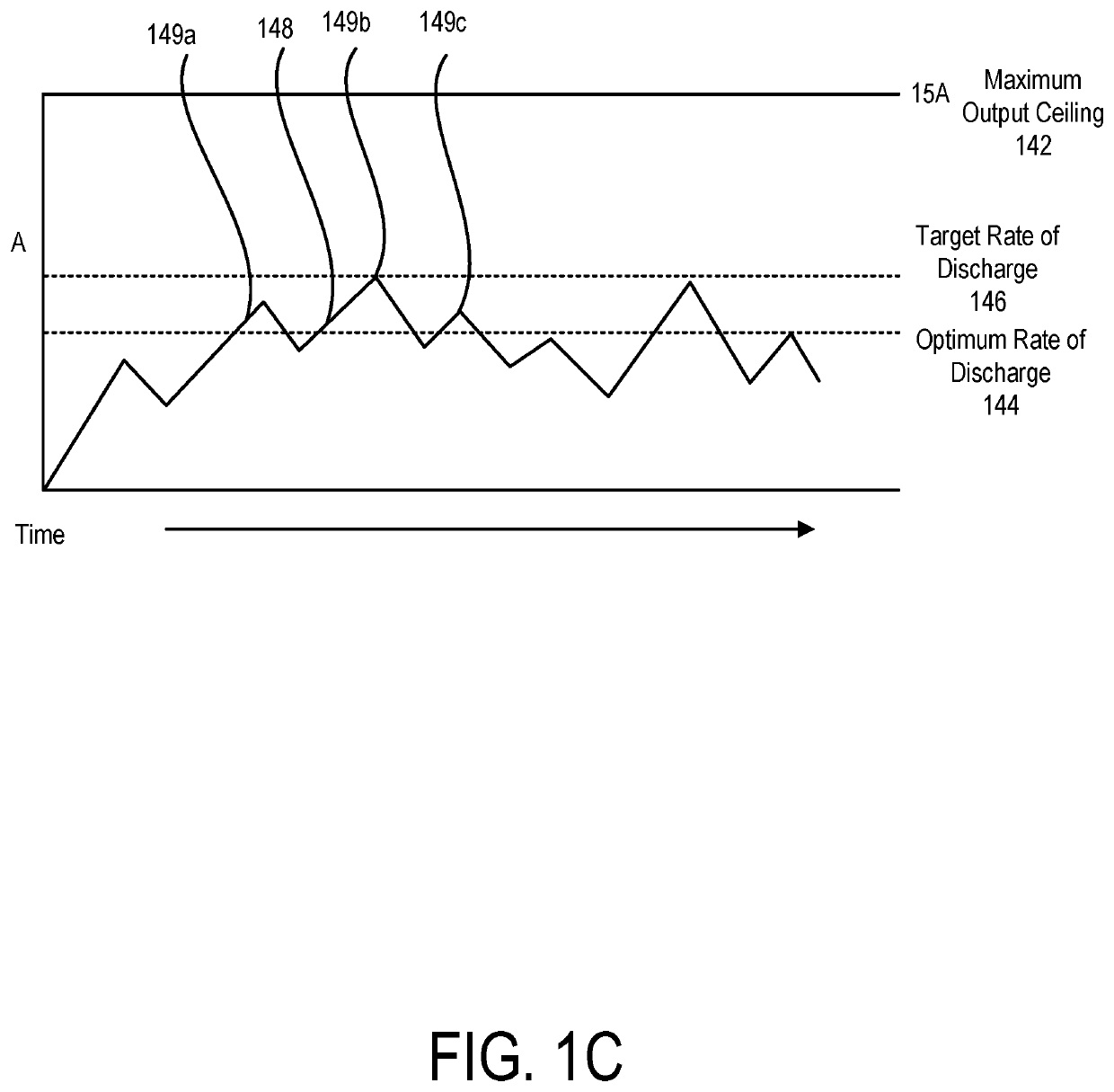Plug and play with smart energy storage units
a technology of energy storage units and smart energy, applied in electrical storage systems, ac network load balancing, ac network voltage adjustment, etc., can solve the problems of high cost, inconvenient control, and energy typically sent to ground, and achieves easy scaling, simple integration, and easy control.
- Summary
- Abstract
- Description
- Claims
- Application Information
AI Technical Summary
Benefits of technology
Problems solved by technology
Method used
Image
Examples
Embodiment Construction
[0106]The present disclosure is directed to plug-and-play devices, systems, and methods for intelligent or smart charging and discharging of energy storage units electrically attached to outlets of a household, building, or complex; as well as to methods for multiple energy storage units to automatically and semi-automatically determine whether they, and other electric appliances and / or assets, are on the same or different electrical circuits so to be able to discharge and / or charge in a smart, safe manner.
[0107]Energy storage units and smart storage units described herein may include components that can store and discharge energy. Exemplary energy storage units are disclosed in U.S. Ser. No. 14 / 341,499, incorporated herein in its entirety by reference. In various embodiments, the energy storage unit may include a housing, such as a housing that includes at least one extended member or wall, such as a mounting wall that is configured for retaining one or both of the energy storage c...
PUM
 Login to View More
Login to View More Abstract
Description
Claims
Application Information
 Login to View More
Login to View More - R&D
- Intellectual Property
- Life Sciences
- Materials
- Tech Scout
- Unparalleled Data Quality
- Higher Quality Content
- 60% Fewer Hallucinations
Browse by: Latest US Patents, China's latest patents, Technical Efficacy Thesaurus, Application Domain, Technology Topic, Popular Technical Reports.
© 2025 PatSnap. All rights reserved.Legal|Privacy policy|Modern Slavery Act Transparency Statement|Sitemap|About US| Contact US: help@patsnap.com



